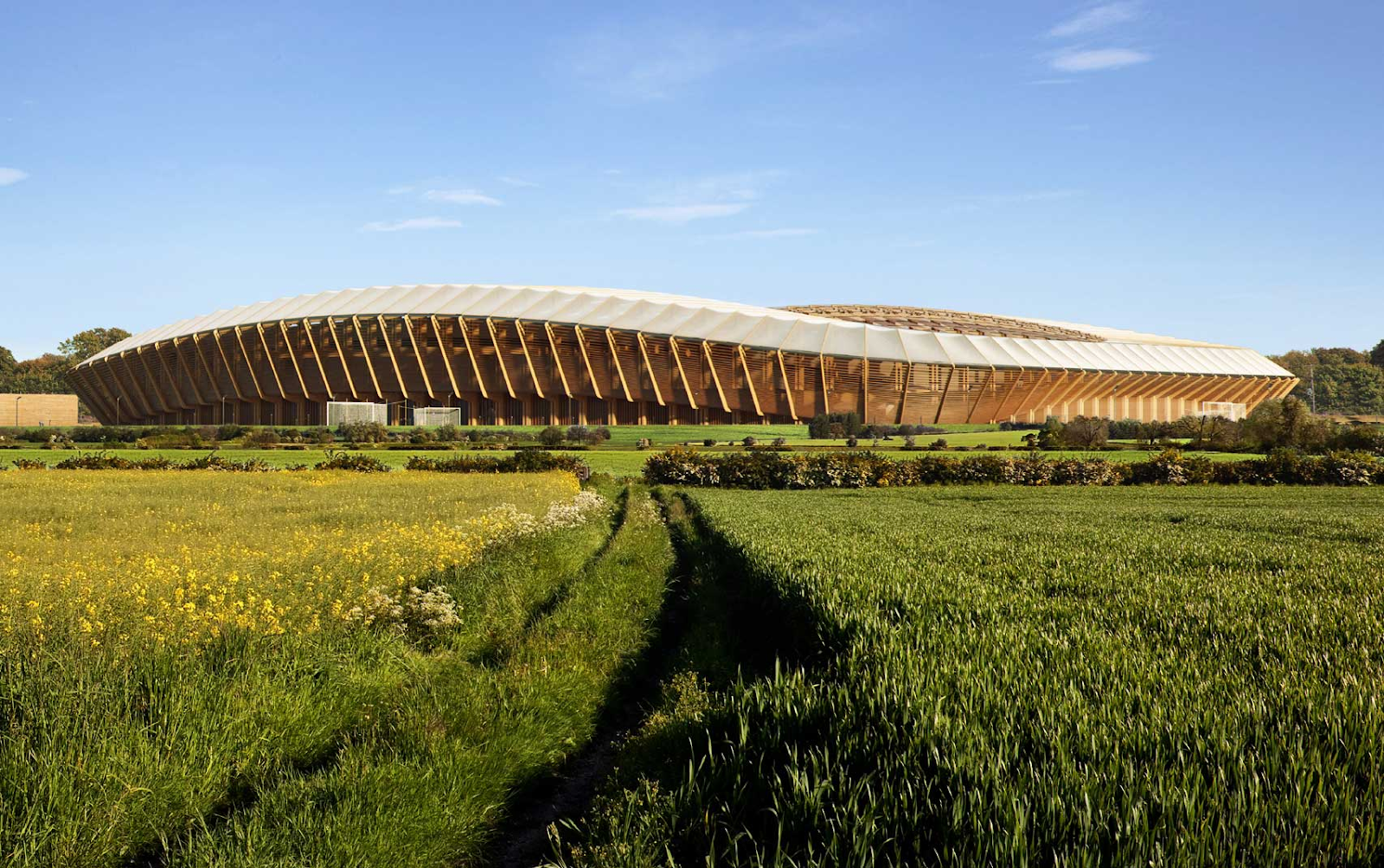Football and Primary Education: Studying Sustainability with Forest Green Rovers
- Energy (Carbon Footprint)
- Vegan Diet
- Stadium (Sustainability)
- Kit
"Burning coal produces carbon dioxide gas. This is a greenhouse gas that contributes towards climate change. Burning coal pollutes the air. In fact, coal is the worst pollutant we have."
"Cows produce 150 billion gallons of methane per day"[3]
Following this research, some of the class began to comprehend just how damaging a meat-heavy (in particular beef heavy) diet can be. After explaining to my class that vegan products are increasingly common in local supermarkets, I decided to provide the learners with the opportunity to try some for themselves. On the menu was:
- Oatly oat milk
- Squeaky Bean ham
- Gosh! Veggie sausages
- Happi free from oat milk and white chocolate
- Sheese vegan cheese
"Yes, I would. This is because the vegan foods were surprisingly good and I liked them"
As a result of the positivity flowing within the classroom and the excitement the vegan foods created, the children were then provided with the opportunity to create some vegan desserts of their own. Cookery is a real-life skill which many children will only get the chance to do inside school and fortunately, my school has excellent resources to make such ideas a reality. Working with my teaching assistant as the rest of the class wrote their reflections on the tasting session, they each created a batch of vegan chocolate chip cakes. It was fair to say from the empty wrappers that these too were a massive success!
Stadium
Forest Green Rovers' most exciting future development is in its ambitious new stadium, Eco Park. It is understood that upon the completion of construction, the ground will become the world's greenest stadium. The club's website boasts the ground's impressive sustainability through its promotion of biodiversity, renewable energy and by being made almost entirely out of wood. Even the club's current ground, The New Lawn will make way for 'high quality, low carbon housing'. These facts and more provided the foundation for my class' study of the stadium. Its wooden construction and green ethos really captured the imaginations of the children who were quick to ask whether or not they too could design an eco-friendly stadium.
After the children got themselves into small groups of 4, they set about creating inspiring designs which utilised both the schools and their own household recycling. Once the design stage was complete and the class brought in bags and bags of recycled plastic, metal and cardboard - we could begin to manufacture. The hands-on approach to the learning and the opportunity to be creative saw many learners, who may find more academic learning difficult, excel in their groups. Provided each child with a role, be it: designer; engineer, collector, builder - also made sure that no member was left out.
The final creations were excellent and truly something in which the class could be proud of. We put the stadiums on display and gave each other feedback, discussing what we liked and what we could improve in the future.
Kit
Finally, we took a closer look at FGR's unique kit. Its distinctive green and black zebra stripes were indeed eye-catching but it was in the kit's material that really got the attention of the class. Incredibly, the home and away jerseys are made from coffee grounds and bamboo respectively, a notion which stunned the children. To start the lesson, I had placed at the front of the classroom, some sticks of bamboo and a bag of coffee and asked the children why...it is fair to say that none thought the answer lay in the Forest Green Rovers' kit.
Furthermore, when looking closer at the design of the jerseys, the distinctive sponsorship also appealed to the children who noticed that it was not only Ecotricity that sponsored the club. In a previous year group, my class had studied the human impact on the oceans and so the instantly recognisable Sea Shepherd logo was greeted with enthusiasm. With all this in mind, the next stage was for the children to design their own kits and justify the colours, materials used and environmental impact.
The class were given a design brief - the designs for the kits had to be: made from sustainable material; incorporate Welsh themes; and have an environmentally friendly sponsor. After first drawing their designs on paper, the class would use an online kit creator to really visualise their creations. Many of these were incredibly intricate and it would be amazing one day to manufacture them for real.
Football provides an incredibly powerful, authentic and engaging context for children to learn from. Although many teachers and leadership may turn their nose up at the sport, perhaps understandably given the theatrics and gamesmanship many see on their TVs, the modern game is adapting both on and off the pitch and reflecting the changing world in which it is played. Forest Green Rovers are at the forefront of a sustainable, greener future for the beautiful game and it is encouraging to see other, larger clubs following suit. From the hook of a small lower league club from Gloucestershire, my class were better able to understand the global challenges we face and begin to comprehend far more than just the scorelines. I truly believe football can play a key role in any future curriculum and its potential for learning, both physically and academically, is waiting to be unleashed.
Written by Ben Jones - You can follow me on Twitter @Benny_J and @TFHBs
If you would like to know more or take a closer look at my lesson plans - send us a DM on Twitter or an email to thefootballhistoryboys@hotmail.com





